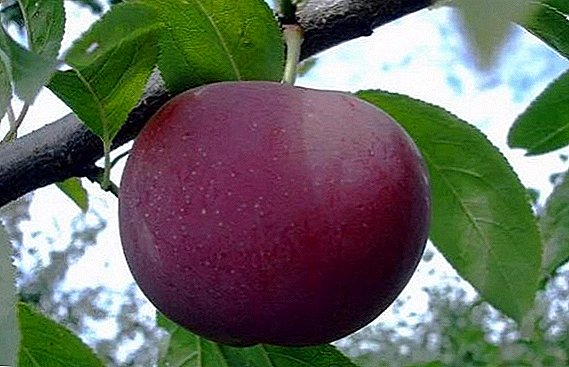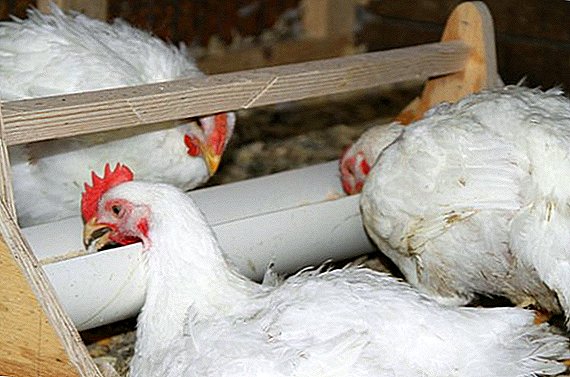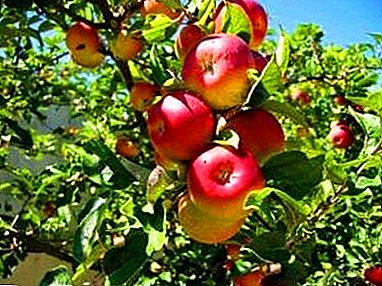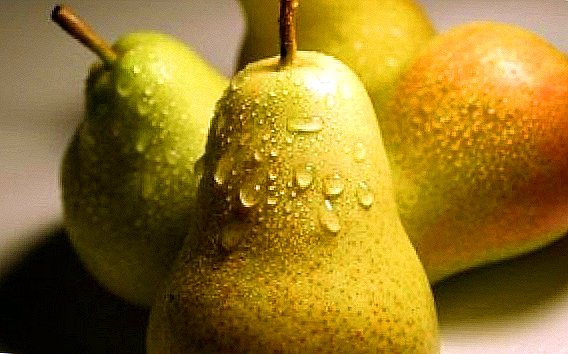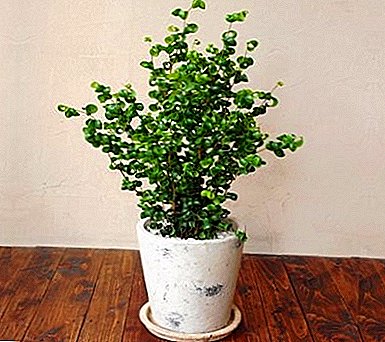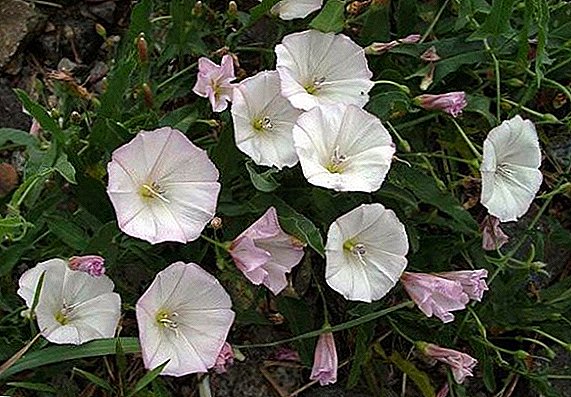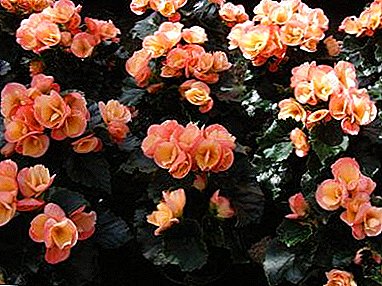
In the flower shops you can find many varieties of begonias. Due to its unpretentiousness and bright appearance, this plant has long conquered the hearts of gardeners.
The rules of care for begonia are extremely simple, but in order for it to grow healthy and regularly enjoy flowering, these rules must be followed.
So what are the rules? When is it better to replant this beautiful flower? How does he grow at home? This and much more will be discussed in this article.
Features of growth at home
Under favorable conditions, the begonia grows rapidly, already three months after the rooting of the cutting, flowering may occur, and in a year it will be almost impossible to distinguish a young plant from an adult (about why begonia does not bloom and how to achieve beautiful buds, read our article).
One of the important features of begonia is its root system. Depending on the type of plant, it can be:
- tuberous (forms a round or flat tuber);
- rhizomatous (forms a thick rhizome, located horizontally);
- branched (without modifications).
How to grow a healthy and beautiful begonia, learn from our article.
A photo
Here you can see photos of the plant.





When do I need a transplant?
Every 2-3 years, any indoor plant must be replanted.because during this time the substrate is depleted, and the roots are getting cramped in the pot (how to transplant begonia and care for it after the procedure can be read here). There are also cases when an unscheduled transplant is required:
- It is recommended to replant begonia after purchase, as the soil in which it is sold is not suitable for its further growth;
- if the plant has outgrown the old pot and the roots are visible on the surface and in the drainage holes;
- if there is a suspicion of root rot, infection with a fungus, mold or parasites;
- in the case where the previous transplant was incorrect and the plant fades;
- in case of damage to the old pot.
Other options are possible, for example, abuse of fertilizers, improperly selected soil, or reproduction of begonia by dividing the bush (how to propagate room begonia rooting?). In any of the cases, it is important to strictly follow the rules of transplantation and be attentive to the further care of the plant.
Optimal time
The best time for transplanting is the beginning of spring.when the plant starts to come out of dormancy. Adaptation during this period will take place much faster than in the fall or winter, when all the processes of vital activity slow down significantly.
Attention! It is strongly recommended not to transplant during flowering. Except in extreme cases, where delay can lead to the death of the plant, it is necessary to wait for the moment when the begonia fades.
Process subtleties
The intricacies of the process of transplanting largely depend on the specifics of a particular type and structure of the root system. But the general rules remain the same:
- Begonias require the right soil, the specialized soil bought from the store is best suited, but you can mix the composition yourself (2 parts of leaf humus, 2 parts of peat and 1 part of river sand).
Before planting, the soil must be sterilized, regardless of whether it was purchased in a store or mixed independently. This will help to avoid various diseases that can hit the plant.
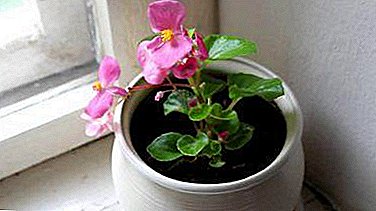 It is necessary to carefully consider the choice of the shape of the pot for planting begonias, because of the peculiarities of the root system, preference should be given to containers whose diameter slightly exceeds the height.
It is necessary to carefully consider the choice of the shape of the pot for planting begonias, because of the peculiarities of the root system, preference should be given to containers whose diameter slightly exceeds the height.- The proper organization of drainage is of great importance for the healthy development of the plant - the drainage layer should occupy up to a quarter of the total substrate volume.
- For easier removal of the begonia from the old pot a few hours before the planned transplant, you can make abundant watering, or for 30-40 minutes to immerse the pot in a container with water at room temperature.
Begonia roots are thin and fragile, it is important not to damage them when transplantingotherwise the rooting process may take much longer. If significant damage is done, the plant may not settle down, begin to turn yellow and fade.
Proper home planting process and other means
There are many ways to breed begonias:
- seeds;
- cuttings;
- leaves;
- tubers;
- rhizomes;
- lateral processes (children);
- division of the bush.
Regardless of the method chosen, it must be remembered that planting is best done in the spring, because it is during this period that the chances of successful rooting of the young plant are greatest. For the first landing it is better to choose small containers with a diameter of up to 10 cm.
Despite the fact that adult begonias feel better in ceramic pots, for a young plant, a plastic one is also quite suitable, since in less than a year in case of successful rooting it will have to be transplanted. It is necessary to understand that a young plant is much more fragile than its adult relatives, therefore it is necessary for it to create optimal conditions. This can be done with the help of a polyethylene greenhouse, in which the increased temperature and humidity will be constantly maintained.
Step-by-step instruction
 If the time is right, the substrate and the new pot are prepared, you can begin to transplant. The sequence of actions is extremely simple:
If the time is right, the substrate and the new pot are prepared, you can begin to transplant. The sequence of actions is extremely simple:
- A drainage layer is laid out on the bottom of the new pot, for example, expanded clay. On top of it, a small amount of charcoal can be placed to better protect the root system from waterlogging.
- Then a layer of earth about 2 cm thick is poured.
- The begonia is carefully removed from the old pot.
- The root system is subjected to a thorough inspection, all damaged, dried, rotten areas must be removed. If a fungus or mold is suspected, it is recommended to treat the root system with a fungicide solution.
- Next, the begonia is placed in the center of the new pot and gently sprinkled in a circle with the substrate so that no less than 1 cm is left up to the top edge of the pot. It is not necessary to compact and tamp the soil, as the roots need air access.
- Liberally pour the transplanted begonia, so that the entire substrate is soaked with moisture. Be sure to drain excess liquid from the pan half an hour after watering.
If after watering the substrate in the pot settles, be sure to fill up the missing amount, so that the roots are completely closed.
How to plant? When transplanting it is important to ensure that the growth point of the begonia remains above the surface. If the plant is planted too deeply, it can lead to decay and death. To save a flower that has a damaged growth point is almost impossible.
Care
It is necessary to understand that The first month after transplantation is the period of plant adaptationwhen it restores the damaged root system and is mastered in a new substrate. Many inexperienced growers, trying to help, make a mistake that can be disastrous for a weakened transplant.
During the period when the process of rooting takes place (before the appearance of new leaves and shoots), begonia cannot be fertilized categorically, since with a high degree of probability this can cause root burns and the plant wilt.
In order to help the flower during the adaptation period, you can use a variety of root stimulants or succinic acid-based products. They are not fertilizers and will not harm the plant.
The rest of the rules of care remain the same:
- water as the substrate dries (2-3 times a week);
- provide good lighting, but keep out of direct sunlight;
- maintain temperature + 20-24 degrees, avoid drafts, hypothermia, overheating;
- maintain air humidity of 60-80% (leaves can not be sprayed!);
- after successful rooting regularly make feeding.
- Why do begonias have buds and leaves, how to help the plant?
- Why are the begonia leaves curling? What to do?
The beautiful begonia is considered an unpretentious plant, but each home flower needs the attention of its owner. Successful transplantation, carried out according to all the rules, and proper care will ensure that begonia will grow and bloom in the next few years, creating a cozy warm atmosphere in the house.


 It is necessary to carefully consider the choice of the shape of the pot for planting begonias, because of the peculiarities of the root system, preference should be given to containers whose diameter slightly exceeds the height.
It is necessary to carefully consider the choice of the shape of the pot for planting begonias, because of the peculiarities of the root system, preference should be given to containers whose diameter slightly exceeds the height.
